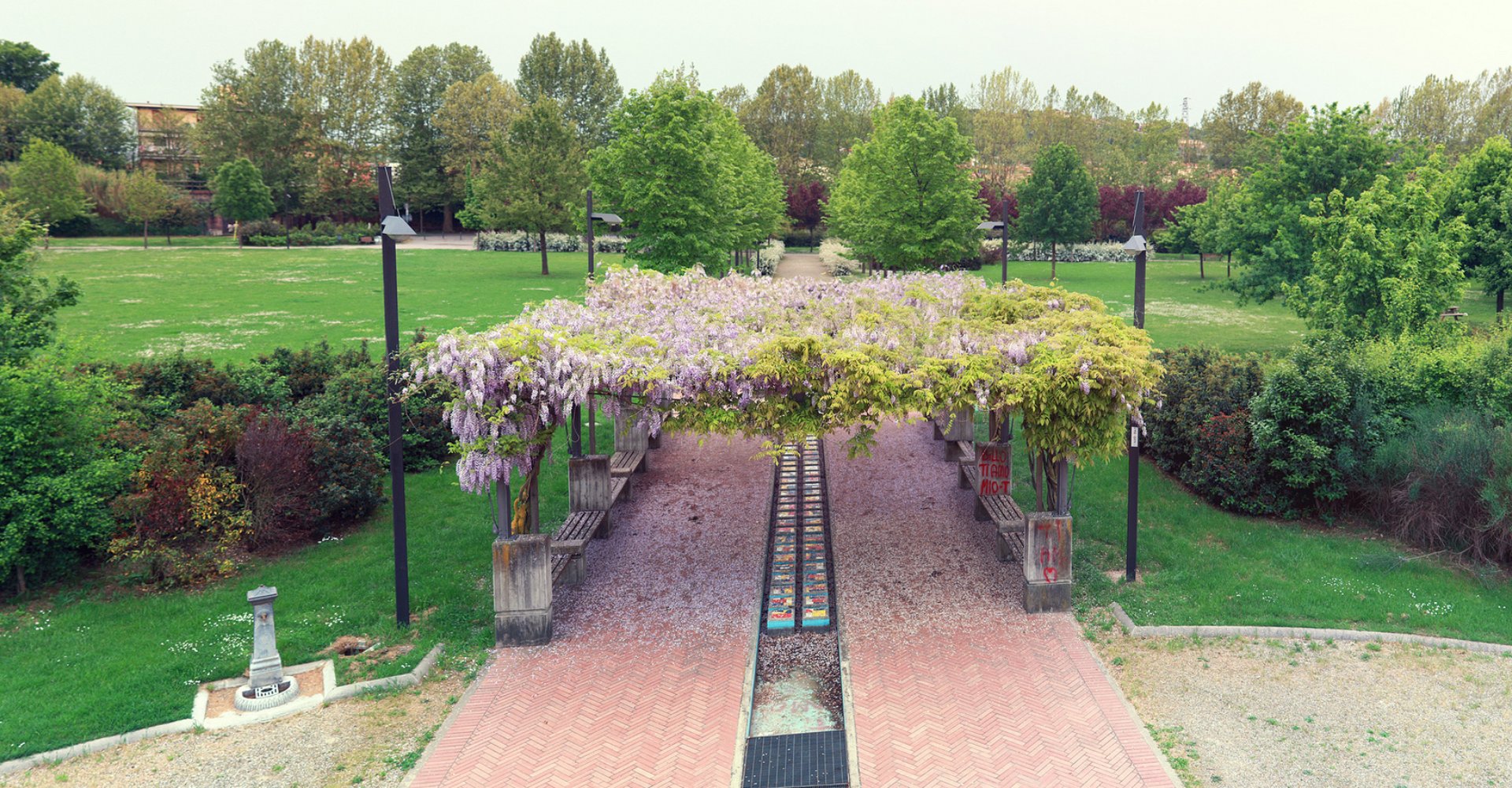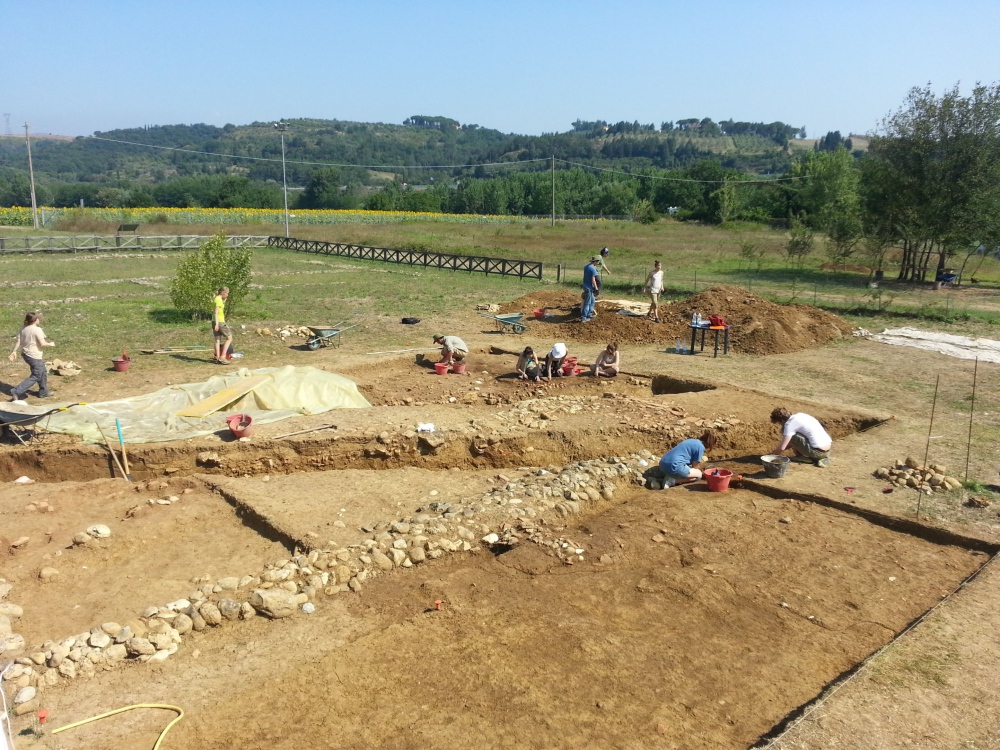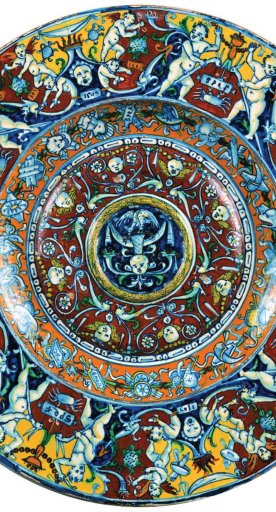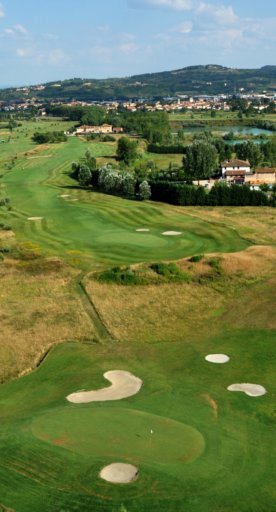Archaeological Museum of Montelupo Fiorentino
An exhibition for learning about the history of the area
The Archaeological Museum of Montelupo Fiorentino, inaugurated in 2007, is located in the former ecclesiastical complex of Santi Quirico e Lucia, inside the Villa Medicea Ambrogiana Park. It is one of the most important archaeological museums in northern Tuscany because of the quantity and variety of exhibits on display, amounting to about 3,000 objects. The site, which dates back to the 17th century and was constructed over more ancient medieval buildings, still retains traces of a religious building dating back to the 10th-11th centuries, visible through a transparent floor in the museum.
The exhibition allows visitors to follow the history of human settlement in the Medio Valdarno Fiorentino, Bassa Val di Pesa and Montalbano areas, from prehistory to the late Middle Ages. The prehistoric section offers a rich collection of lithic artifacts, evidence of the earliest human habitation dating back to about 250,000 years ago, followed by Bronze Age artifacts from the hut village of Bibbiani, including ceramics, metals and objects made of bone and glass paste, essential for understanding the life and production activities of that period.
Particularly noteworthy is the section devoted to the Etruscan period, with artifacts from the settlement of Montereggi (6th-1st centuries BC), where bronzes and ceramics of great value were found, including a refined Attic kylix attributed to the Codrus Painter, active in Athens between 440 and 430 BC, and a valuable architectural slab with a depiction of a matronly deity, probably Demeter or Juno, reminiscent of artistic models of Magna Graecia in the 3rd century BC. The Roman period is documented mainly by the two large rustic villas in the area: Villa del Vergigno in Montelupo and Villa dell'Oratorio in Limite sull'Arno; Villa del Vergigno, which can be visited by booking, is one of the rare examples of a rustic villa in inland Tuscany, with residential and productive areas. Among the most interesting finds are “Lamboglia 2-type” amphorae, dating back to a time between the late 2nd century BC and the end of the 1st century BC, which were used for transporting oil and wine. The medieval collection includes impressive artifacts, including the unique gilded bronze basin with medallion depicting Charlemagne, found along the Arno River and dating back to the early decades of the 12th century, probably made on the island of Gotland and perhaps used in ritual practices of ablution or blessing, as well as the terracotta oliphant from Montereggi.
The museum collaborates with the Universities of Siena and Florence, the Tuscany Archaeological Department and the local Archaeological Group, which also actively participates in excavation campaigns and educational activities also carried out at sites like the village of Bibbiani, the Etruscan tomb "dell'Uovo” (of the Egg), the village of Montereggi, the Roman villa of Vergigno and the medieval area of San Genesio. In addition to the exhibits on display, the museum offers the public multimedia reconstructions, stories and voices, allowing them to delve into the daily lives of the people who inhabited this area, making the Archaeological Museum of Montelupo Fiorentino a place where history, art and memories come together to offer a unique and engaging cultural experience.
For information on accessibility: regione.toscana.it





